Language
You can read the magazine in one of the following languages
Geolocation
You can read the global content or the content from your region
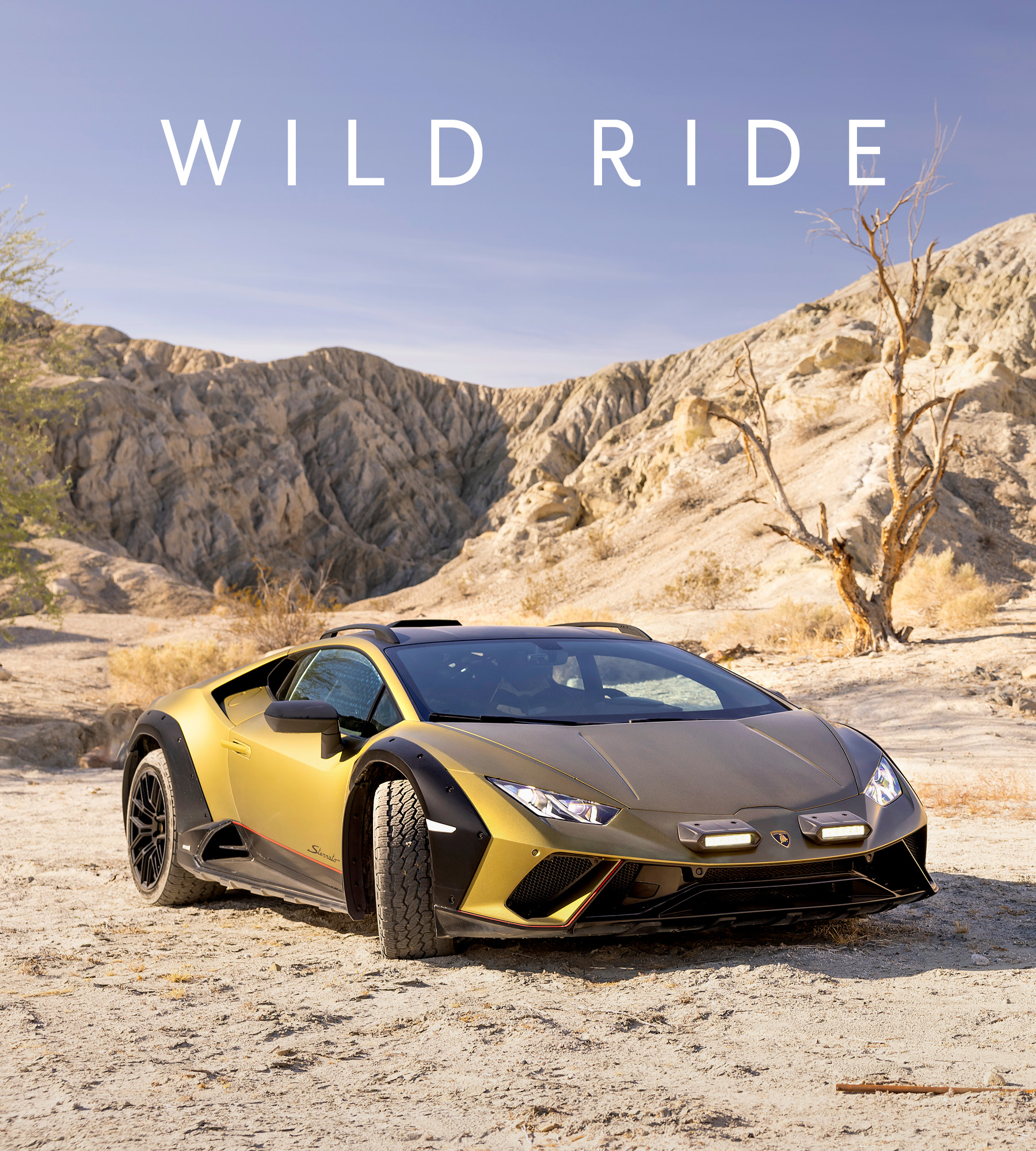
On any normal day I might have been more alarmed about the fact that the YouTuber next to me in the driver’s seat of the Lamborghini was driving at 150 kilometers an hour with one hand, and taking videos on his phone with the other, all while shouting in a language I didn’t understand.
I mean, I certainly didn’t think it was particularly safe behavior, but at the same time, he had earlier explained to me that he has seven million subscribers and he owns several super cars himself as a result, so perhaps I had much to learn from him.
Frankly, though, I was too busy being terrified to be merely scared of his behavior because the destination we were driving toward was Chuckwallah Raceway, outside Palm Springs, California, where we would be asked to drive this new and entirely unprecedented Lamborghini Huracan Sterrato on a special stage that was half perfectly smooth racetrack and half sand, dirt, gravel and dust carved into long S-bends, chicanes and fast corners.
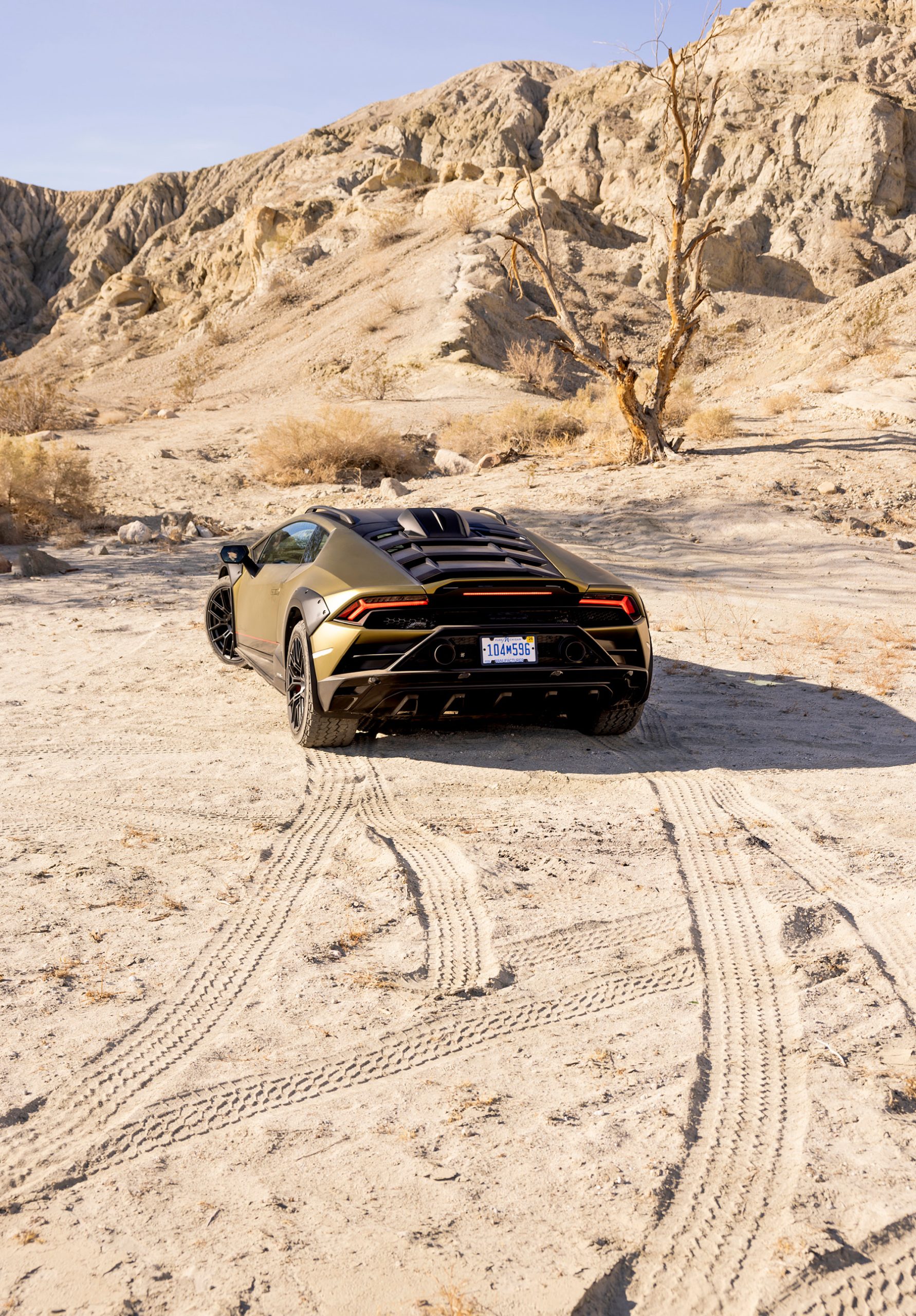
No matter how the business case for the world’s first all-terrain super car was argued, it turned out to be correct.
I have driven many Huracans before and never, not even once, has it occurred to me to think, “Wow, you know what would be fun and wise? Taking this hugely powerful, V10-engined super car and driving it on dirt.”
And yet that’s exactly the kind of thought process that occurs when you gather a bunch of Lamborghini engineers – all of whom, being Italian, are brilliant, brave drivers. The Sterrato, the last-ever and most unforeseen variant of the hugely successful Huracan, was conceived while the Lamborghini Urus SUV was being tested and evaluated in off-road conditions.
It probably started as a joke: “Wouldn’t it be hilarious to make a butch-looking Huracan with big knobby tires and rally lights, and design it to be driven on dirt, like the world’s most bonkers rally car?” And at any other car company, it would have been just that.
However, Lamborghini is built on making machines that don’t have to make sense; they just have to make you smile and grunt in appreciation when you look at them, and then make their owners feel special.
No matter how the business case for the world’s first all-terrain super car was argued, it turned out to be correct. Initially supposed to be a limited run of just 963 cars, overwhelming demand saw that extended to 1,499.
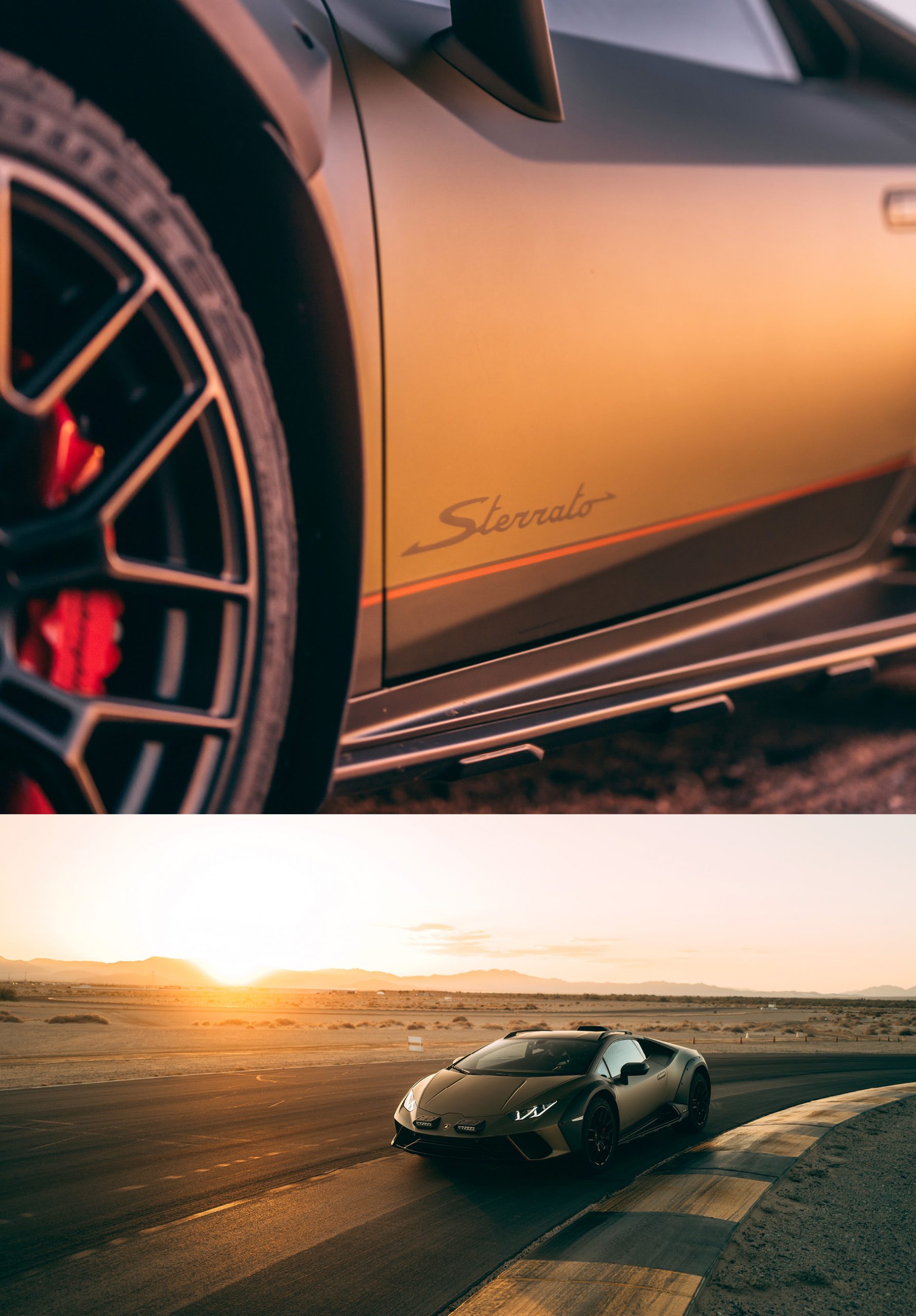
Lamborghini is built on making machines that don’t have to make sense.
There are plenty of people, it seems, who think they are good enough to handle a V10-engined car with 449 kilowatts and 560 newton-meters on dirt, but I have to say I’m not one of them.
I can see that, on paper, Lamborghini has done everything it can to prepare the Sterrato for this task: raising the ground clearance by 44 millimeters, blocking up the air vents on its sides so that the engine doesn’t choke on dust (this meant attaching a giant air scoop to the roof and detuning the engine slightly so that it now only has a top speed of 260 kilometers an hour) and, most vitally, asking Bridgestone to develop a tire unlike anything the world has ever seen.
The Bridgestone Dueler All-Terrain AT002 has to cope with all kinds of rough-road conditions and yet also be able to provide super car levels of grip on race circuits and public roads.
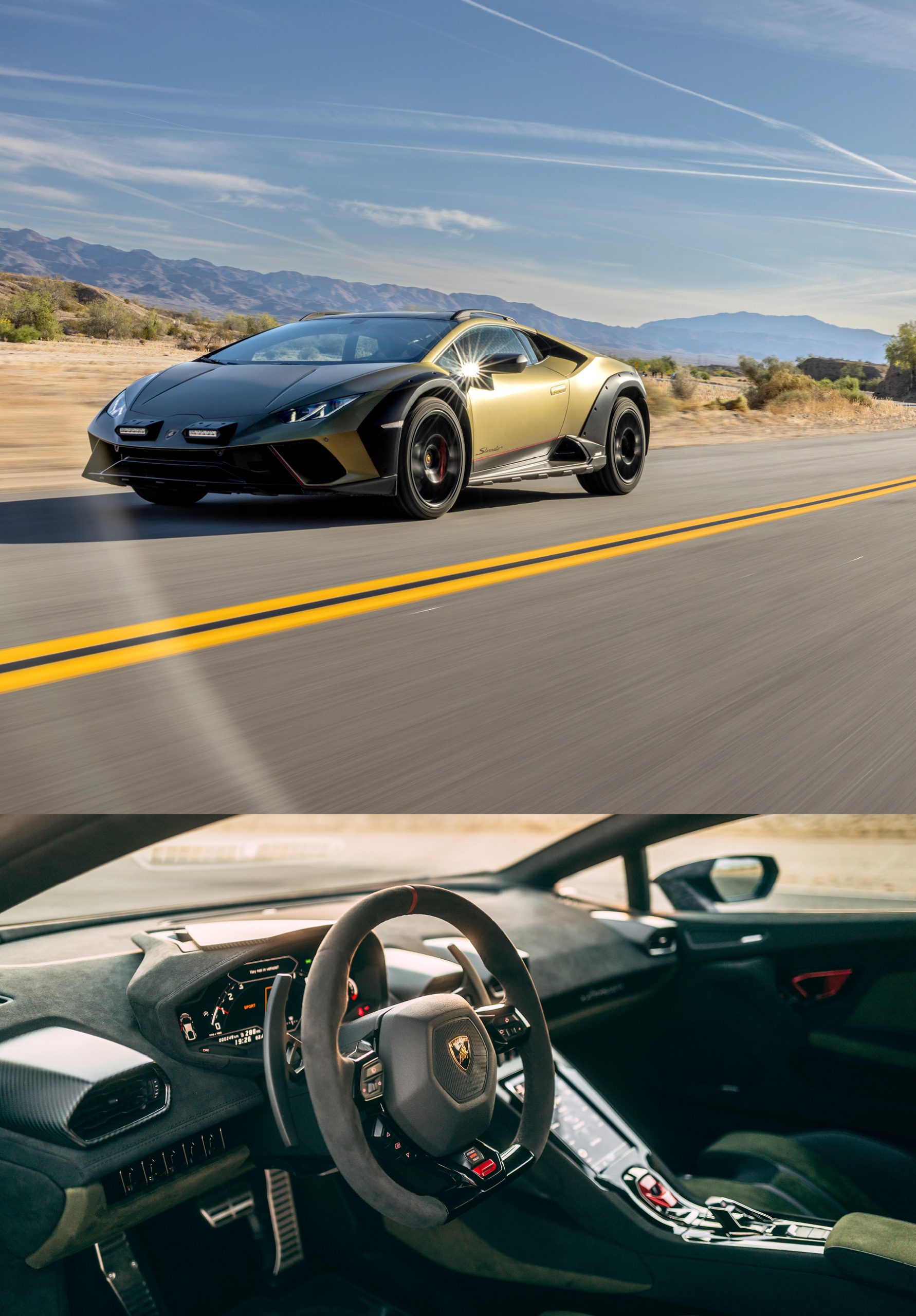
What’s truly incredible about these tires is that, against all odds, they are both quiet and smooth in road driving.
And because there’s no room for a spare, they have to be run flats, so that if you do get a puncture while thrashing your Sterrato over sharp rocks, you won’t be stranded. The tires offer up to 80 kilometers once they’ve been compromised.
What’s truly incredible about these tires is that, against all odds, they are both quiet and smooth in road driving. Indeed, thanks to the higher sidewall, and combined with the increased suspension travel that the Sterrato has to use, this Huracan rides far more comfortably than any version before it.
Throw in the extra ride height and driving it around town is actually very practical, for a Lamborghini, with the one counterpoint being that the addition of that giant roof scoop along the car’s spine means that you can no longer see a single thing out of the rearview mirror.
Having enjoyed the road drive section of the Sterrato launch program, aside from the parts where I was in the passenger seat, I was genuinely alarmed when they showed us a video of the course we were about to drive.
The dirt sections seemed to involve being completely sideways at all times, and while I might fancy my chances of holding such magnificent drifts in, say, a Mazda MX-5 or a Toyota GR86, the idea of doing so in a crazily powerful super car seemed simply fantastical.
My unnaturally calm driving instructor assured me that everyone else had been nervous too, and that I should stop worrying and attempt to get my hands to cease shaking.
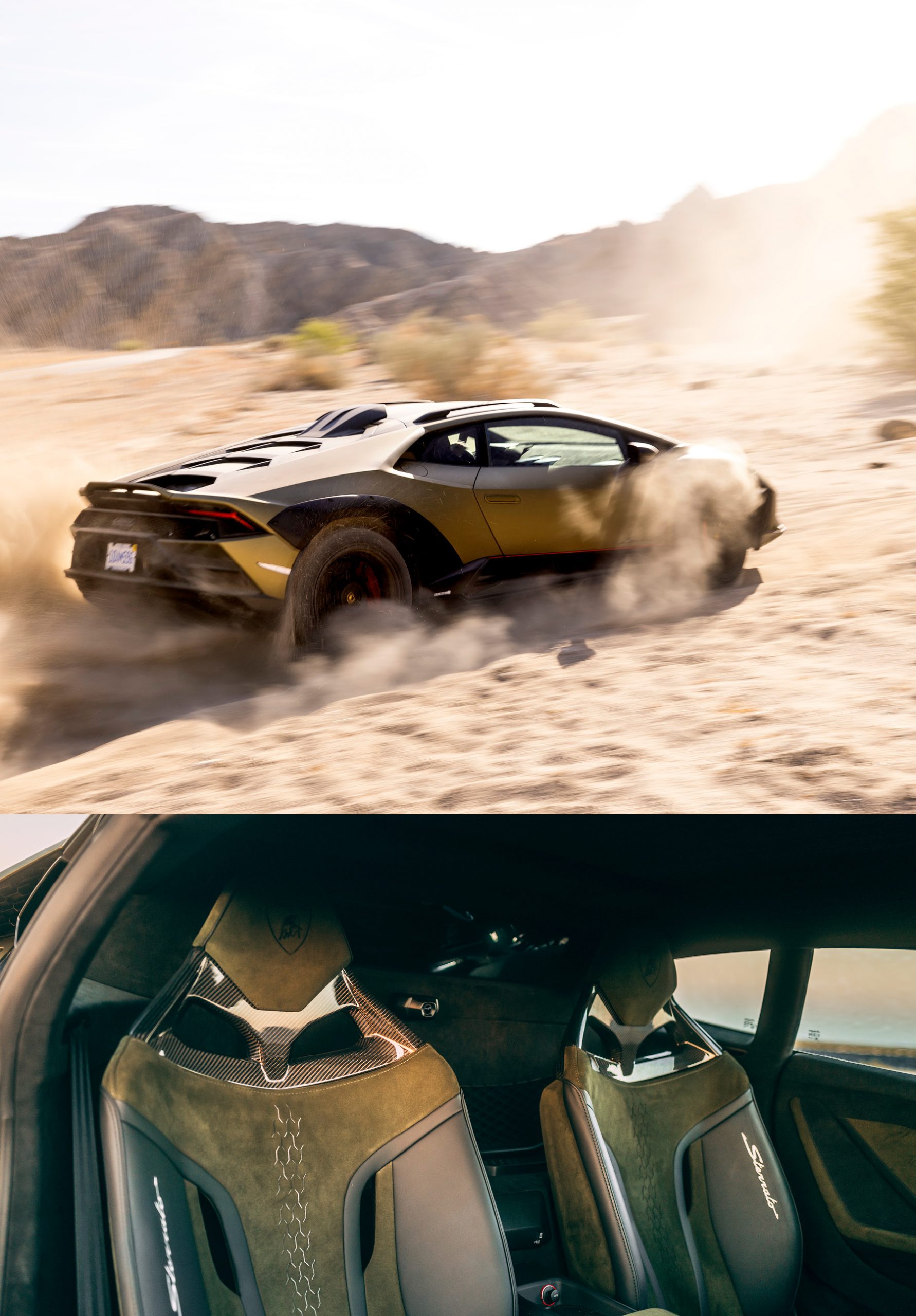
It was beyond any kind of driving skill I’ve achieved before and genuinely felt like a rally driving video game made real.
And then we were off, flying through the first few sealed-surface bends before launching on to the dirt rallying stage, where the Sterrato seemed to be sliding savagely sideways before I’d even had the time to consider how to make it do so.
Incredibly, I genuinely found the gravel and sand sections more fun than the race circuit, although obviously I was going far slower. Somehow I felt like I could suddenly drive like a rally hero, hurling the Huracan from side to side, holding lurid slides, flicking it through slippery chicanes and holding drifts using the throttle.
It was beyond any kind of driving skill I’ve achieved before and genuinely felt like a rally driving video game made real.
I cornered one of the top geniuses behind this astonishing machine, CTO Rouven Mohr, to ask what had just happened and how Lamborghini had made it possible. Essentially, this Sterrato has the sharpest, fastest and hardest-working traction and torque-vectoring systems the world has ever seen. Officially it’s called LDVI (Lamborghini Dinamica Veicolo Integrata), but Mohr, more accurately, calls it “the hero maker”.
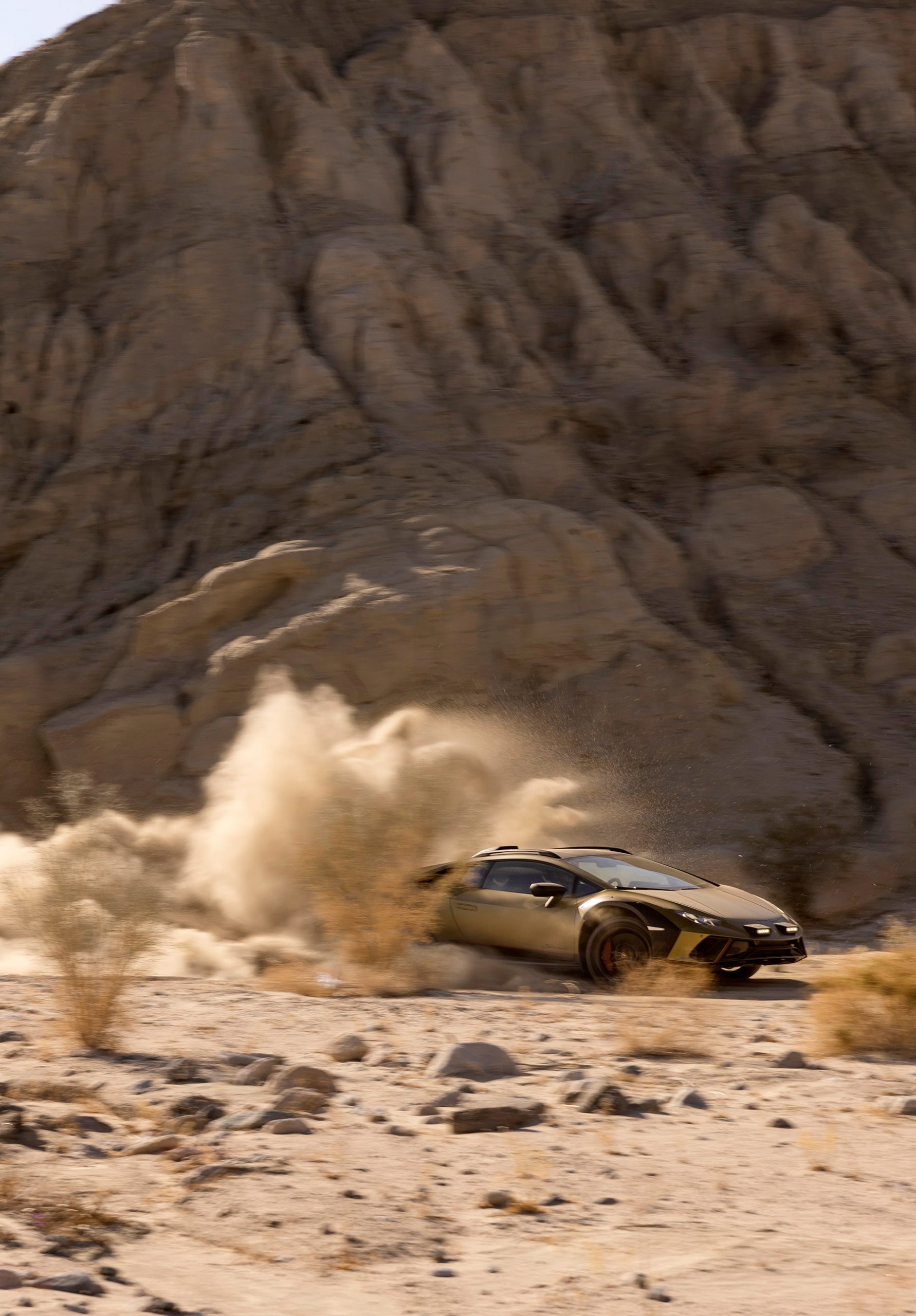
With the traction systems turned off I would not have been able to get around that track without facing the wrong way several times.
Essentially it is monitoring all of your inputs and sensors all over the car that measure drift angles, yaw rates, wheel spin and even driver intention to make sure the car is always going where you want it to, as well as saving you from yourself should you get too ham-fisted.
It really did make me feel like a hero, and I know for sure that with the traction systems turned off I would not have been able to get around that track without facing the wrong way several times.
It’s fair to say, then, that this last Huracan is the best of all; certainly it’s my favorite and the one I most want to own. Sadly, all 1,499 have already been snapped up at US$503,949. I’d like to tell all 1,499 of those lucky owners that they’re in for a hell of a ride.